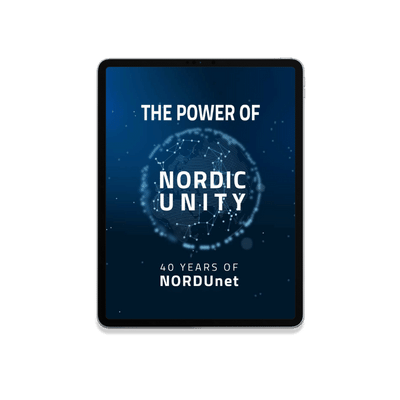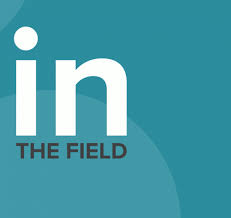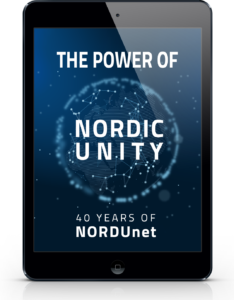
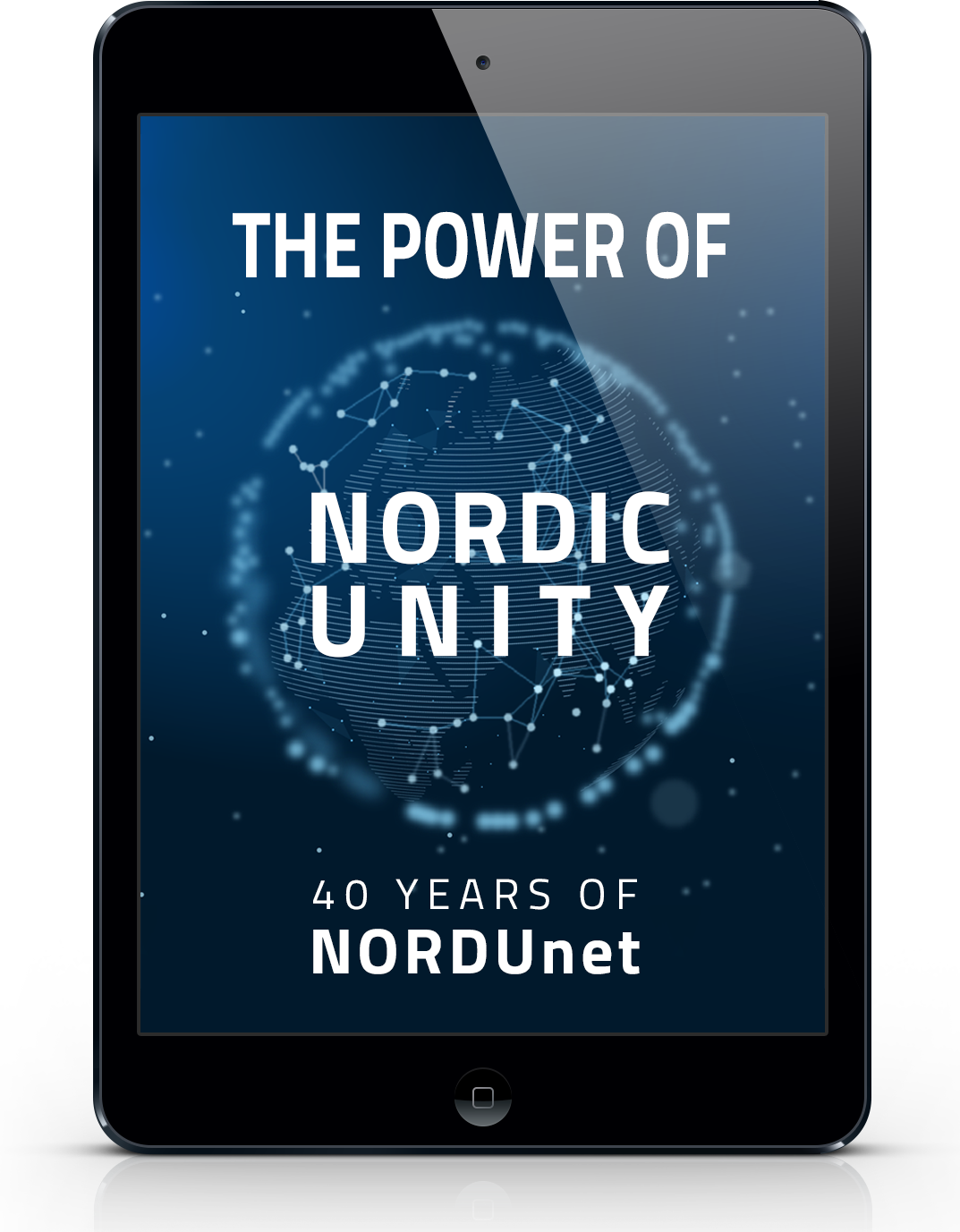

NORDUNET's HISTORY
THE FOUNDING ERA
In the dawn of the 1980s, a vision to connect the Nordics materialized as NORDUnet, a pioneering venture born from collaboration between Norway, Sweden, and Denmark.
Rolf Nordhagen and his contemporaries laid the foundation for a journey of unparalleled cooperation in networking.
What exactly is an NREN?
A National Research and Education Network (NREN) is a key piece of national infrastructure: a secure, resilient, high-speed network that connects universities, colleges and research institutions.
Across the world, 140 countries have their own NREN dedicated to supporting their research and education communities.
European NRENs are connected via GÉANT, a regional education and research network (RREN) that links 50 million users worldwide.
This creates a global network mesh that forms a collaborative information ecosystem of infrastructure and services.
Jisc chief executive officer
Heidi Fraser-Krauss

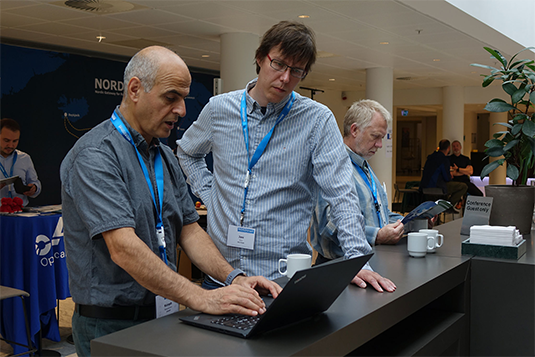
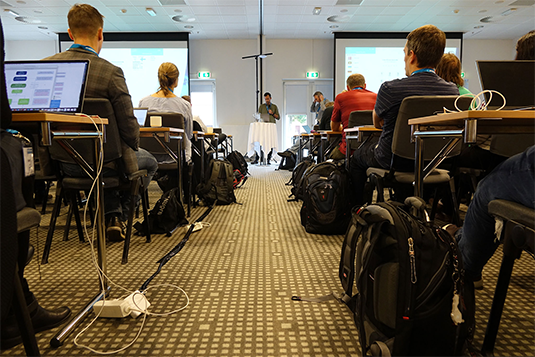




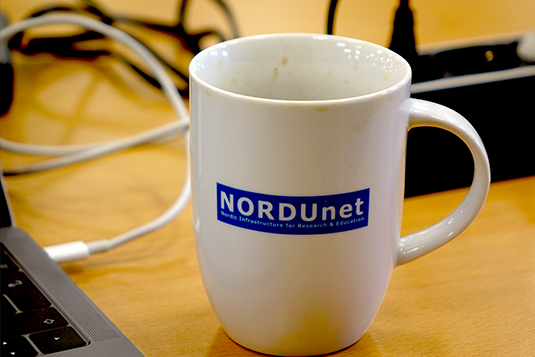

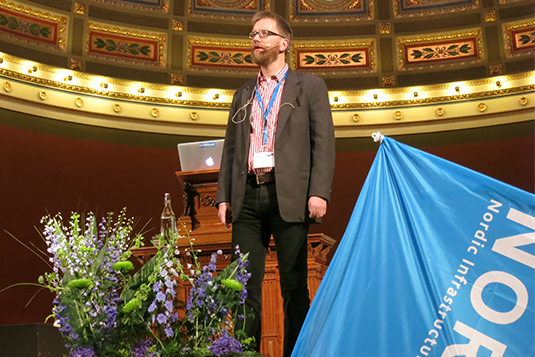
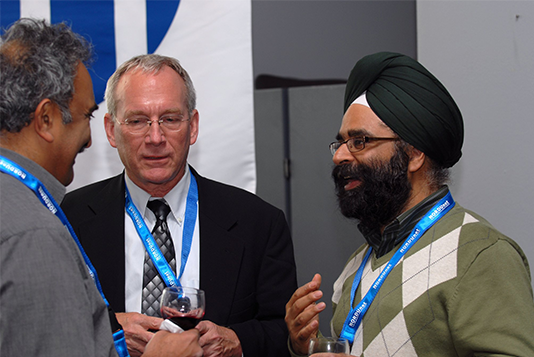
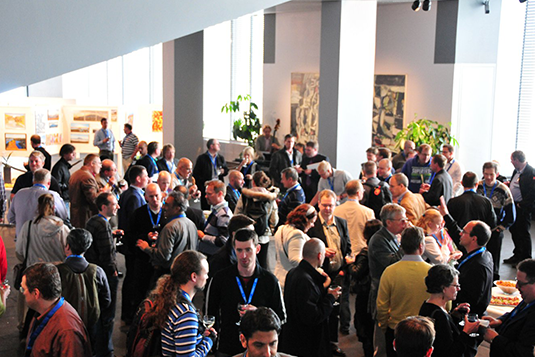
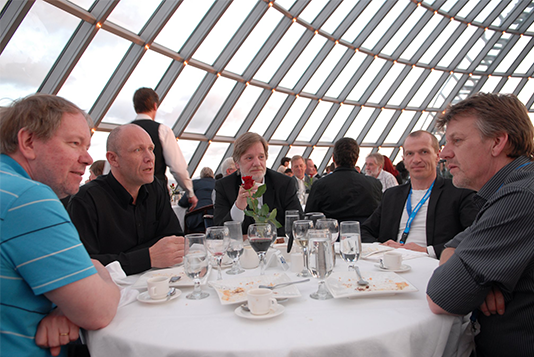
FOUR+ DECADES OF R&E NETWORKS
NORDUnet

- Establishment of NORDUnet, influenced by one of the founding fathers and visionaries, Rolf Nordhagen.
- Creation of the first Nordic National Research and Education Networks (NRENs).
- Introduction of TCP/IP protocol stack by NORDUnet, a pioneering move in Europe.
- Registration of the first .net domain: nordu.net.
- Introduction of multi-protocol techniques, pioneering the multi-network model.
- The first European NREN to connect to the National Science Foundation in the United States, providing open access for university students in member countries.
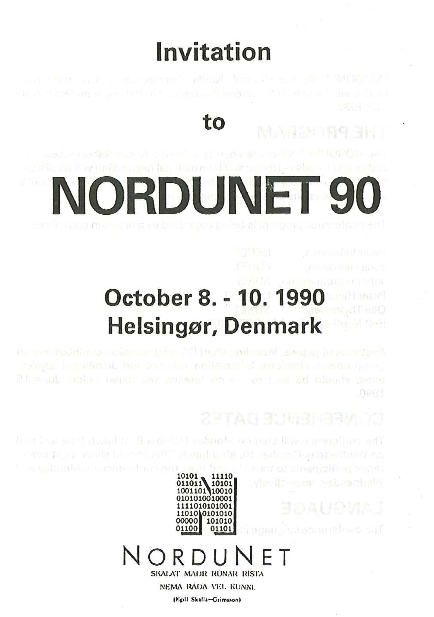
- Focused on scaling NORDUnet's infrastructure and services for the expanding Internet.
- Early adoption of TCP/IP over OSI standards, fostering rapid Internet service development.
- Growth of global network email services and the World Wide Web.
- Expansion of network connectivity across the Nordics.
- Implementation of TCP/IP protocols, establishing a solid foundation in the global internet structure.

- Role in the development of IPv6 through the 6NET project.
- Engagement in global collaborations with GLIF to boost network capabilities.
- Significant upgrades to reach 10 Gbit/s speeds, enhancing connectivity for research and education.
- Transition to owning optical networks for increased capacity and reduced costs.
- Introduction of eduroam and identity federations for online identities and mobility.
- Support for digital scientific communities with shared global resources.
- Accounting 25 years, "The History of NORDUnet" was published on Jan 1st, 2005.
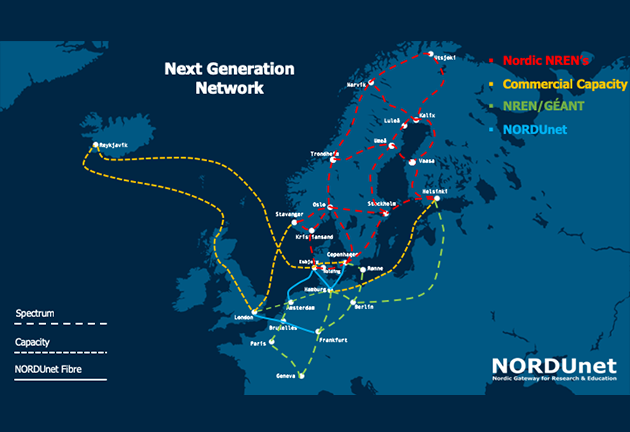
- Global expansion of R&E networks, enabling large-scale scientific collaboration.
- Emphasis on big data and the support for high-volume data research.
- NRENs' continued growth amidst the rise of commercial Internet services.
- Contribution to the development of new internet standards and protocols.
- Enhanced focus on cybersecurity and digital infrastructure resilience.
- Expansion of network services to support advanced research and education.
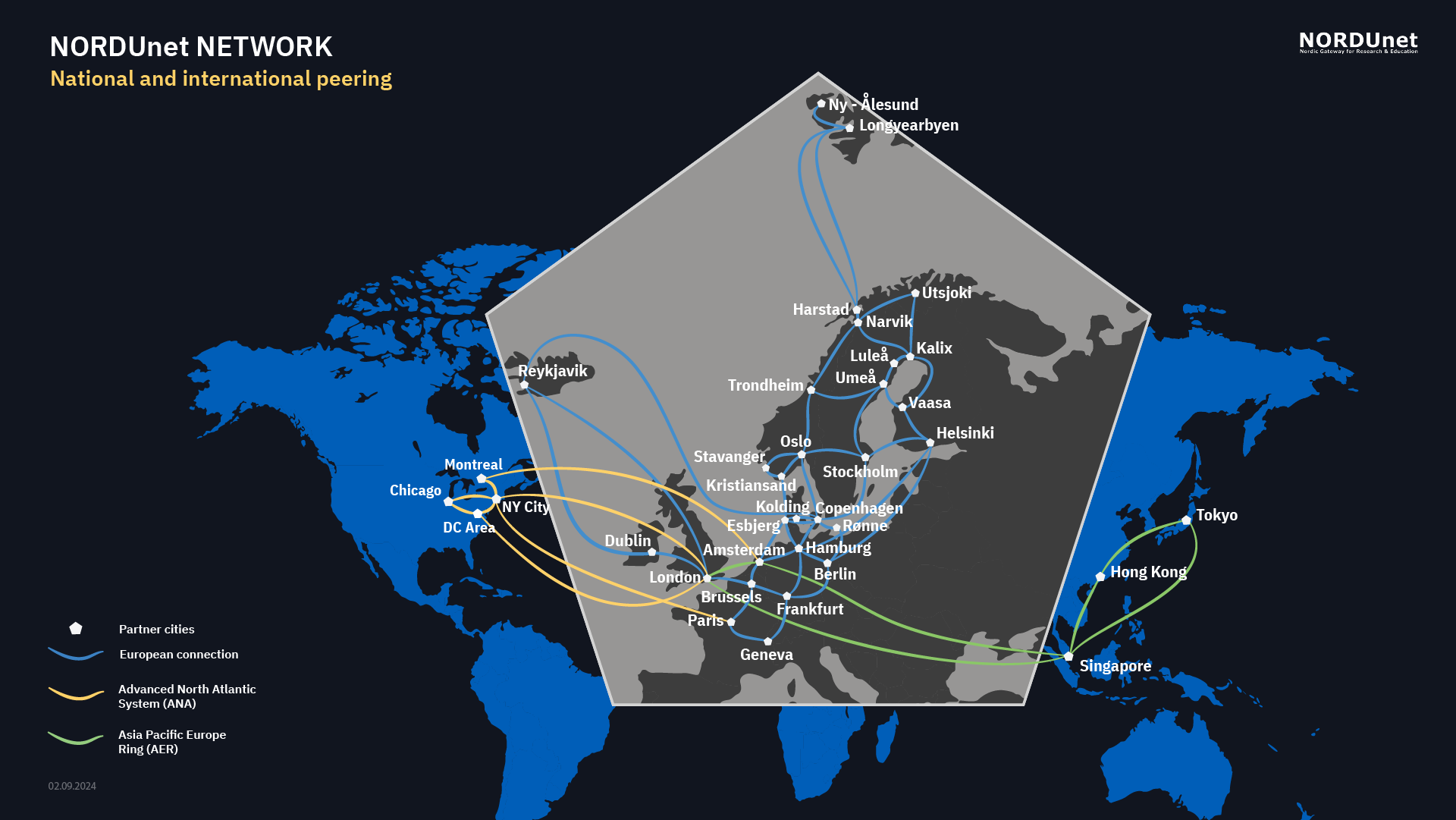
Advancements in network technology to support data-intensive science.
- Strengthening of international partnerships for global research collaboration.
- Commitment to sustainable networking practices.
- Focus on network infrastructure, services, and support in the NORDUnet Strategy 2020-2025.
- Continued commitment to enabling world-class research and education through Nordic collaboration.
- Increased focus on cybersecurity and infrastructure resilience.
- Service expansion to support advanced research and educational needs.
- 2021 Norwegian NREN “Uninett” became “Sikt”
- Valter Nordh became NORDUnet's CEO in 2021 after the departure of René Buch.

THE POWER OF NORDIC UNITY
LOOKING TO THE FUTURE
Our eyes are set on the horizons of technology and cooperation. NORDUnet’s future is one of continuous innovation, driving towards a more connected and collaborative world.
The information provided in 2020 was accurate at the time of publication.




